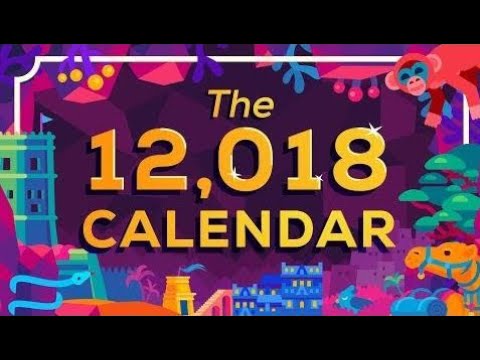Without the sun there would be no heat, no light, plants could not grow, water would freeze and nothing could survive. The sun gives us heat and light because it is always burning. It is a giant ball of gas mostly hydrogen and helium and burns out millions of degrees at it's centre. 
I am a Year 4 learner at Tamaki Primary School in Auckland, New Zealand. I am in Room 5 and my teacher is Mrs Harrison.
Wednesday, May 23, 2018
Tuesday, May 22, 2018
maths problems
there is an event at auckland zoo. there were 92 visitors. Out of these visitors, 20 were woman and 22 were children. How many were men? 134
Kiri has 87 apples. She gives away 38 apples too her friend daena. How many apples has she got left with her now? 49
Monday, May 14, 2018
mars
Mars is known as the red planet¨because of it's red colour as seen from earth. It is the fourth planet from the sun in our solar system. Mars isn't just red other colours on it's surface include tan, brown, gold,and speaks of green. A day on mars is about 40 minutes longer than a day on earth. A year on mars is about 687 earth days long it takes mars to orbit the sun. the picture shows how close mars is to the sun earth and other planets.
Thursday, May 10, 2018
earth
Earth is the safest planet to survive with oxygen also water and unique food. Goldilocks is not to hot and not to cold it is the right temperature. And we could not survive in another planet because there is no oxygen no water and no unique food. We can not survive in venus cause there aren't any water or hydration. And we should not go to an other planet because we could not survive and we will die. And if you put sulphuric acid all over your body your skin will come off and the worse thing is you will burn to death.
Tuesday, May 8, 2018
planets in our solar system
Mercury is the closest planet to the sun and it is also the smallest of the eight planets in our solar system. For every 2 orbits of the sun which takes around 88 earth days, mercury completes three rotations of it axis.it is gravitationally locked and this rotation is unique to the solar system.
Earth is the third planet from the Sun and the only object in the Universe known to harbor life. According to radiometric dating and other sources of evidence, Earth formed over 4.5 billion years ago.
Mars is the fourth planet from the sun and the second - smallest planet in the solar system after mercury.
Neptune is the eighth and farthest known planet from the sun in the solar system it is the fourth- largest planet by diameter the third most massive planet and the densest.
Uranus is the seventh planet from the sun. it has the third - largest planetary radius and fourth largest planetary mass in the solar system
Jupiter is the fifth planet from the sun and the largest in the solar system. It is a giant planet with a mass one- thousand that of the sun but two- and a half times that of all the other planets in the solar system.
Pluto is a dwarf planet in the Kuiper belt, a ring of bodies beyond Neptune. It was the first Kuiper belt object to be discovered. Pluto was discovered by Clyde Tombaugh in 1930 and was
Venus is the second planet from the Sun, orbiting it every 224.7 Earth days. It has the longest rotation period of any planet in the Solar System and rotates in the opposite direction to most other planets.
Friday, May 4, 2018
writing test
4.5 billion years ago a burning ball of gas collapsed in the centre to our solar system.The sun can be divided into six layers. Corona chromosphere photosphere connective zone radiative zone.
Tuesday, May 1, 2018
read a calander
- there are 7 days in a week.
-there are 12 months in a year.
-some months have 31 days and some have 30 days.
-february has 28 days.
-I also know how to look at the day and date of in a calendar. 
Subscribe to:
Comments (Atom)